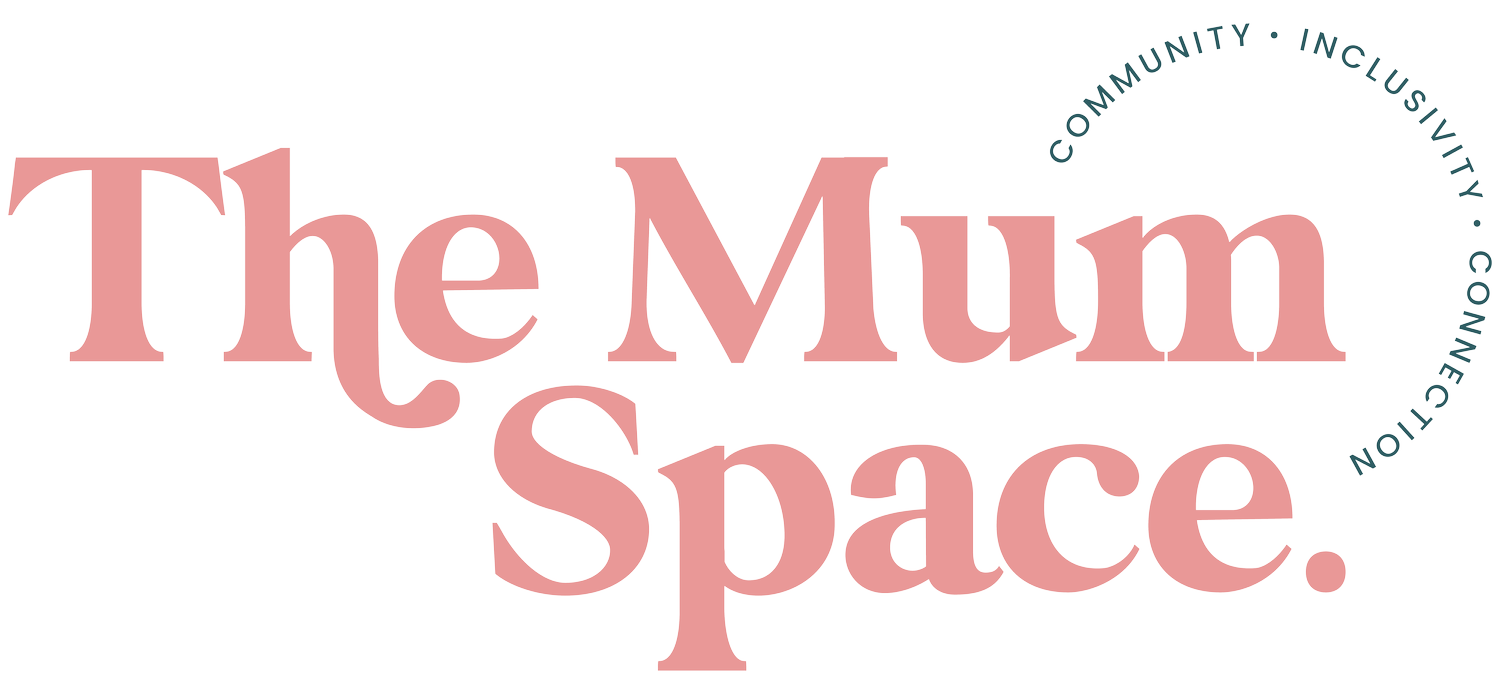I’m scared to tell my boss I’m pregnant: What are my rights?
Ok, so becoming a parent is obviously a joyous and transformative experience, but it also comes with its set of challenges, especially when it comes to balancing work and family life, right!
In the UK, robust legislation is in place to protect the rights of parents during pregnancy and after the birth of a child. Let’s explore the parental rights within the UK regarding employment, we are shedding light on what parents are entitled to during pregnancy and post-childbirth.
1. Pregnancy and Employment:
Pregnancy is a special time for expectant mothers, and it's essential for employers to provide a supportive and accommodating work environment. In the UK, pregnant employees are entitled to:
a. Time off for Antenatal Care: - Pregnant employees have the right to take paid time off work for antenatal appointments recommended by a doctor, midwife, or health visitor.
b. Health and Safety Protection: - Employers are obligated to assess and manage any risks that may pose a threat to the health and safety of pregnant employees.
c. Protection from Discrimination: - Discrimination against pregnant employees is strictly prohibited. Employers must ensure that pregnant employees are treated fairly and not subjected to any unfavorable treatment.
2. Maternity Leave:
After childbirth, mothers are entitled to take maternity leave. Key aspects of maternity leave include:
a. Duration: - Maternity leave typically lasts for 52 weeks, broken down into 26 weeks of Ordinary Maternity Leave and 26 weeks of Additional Maternity Leave.
b. Statutory Maternity Pay (SMP): - Eligible employees are entitled to SMP for up to 39 weeks. During the first six weeks, SMP is paid at 90% of the average weekly earnings, and for the remaining 33 weeks, it is paid at the statutory rate or 90% of the average weekly earnings, whichever is lower.
3. Shared Parental Leave:
Recognising the evolving dynamics of modern families, the UK introduced Shared Parental Leave (SPL), allowing parents to share the care responsibilities. Key points include:
a. Eligibility: - Both parents must be eligible for SPL. Eligibility criteria include continuous employment and meeting specific earnings requirements.
b. Flexibility: - SPL offers flexibility, allowing parents to share the leave in blocks and return to work between periods of leave.
4. Paternity Leave:
Fathers and partners are entitled to paternity leave, allowing them to support the us as new mothers and bond with our newborns. Key features include:
a. Duration: - Paternity leave can last up to two weeks, providing fathers or partners with dedicated time off around the birth.
b. Statutory Paternity Pay (SPP): - Eligible employees are entitled to SPP, ensuring financial support during paternity leave.
Conclusion: In the UK, the legal framework surrounding parental rights at the workplace is designed to ensure that employees can navigate the delicate balance between work and family life. Understanding these rights empowers parents to make informed decisions about their career and family planning, fostering a supportive and inclusive work environment. As society continues to evolve, it is crucial for both employers and employees to stay informed about these rights and contribute to a workplace culture that values the well-being of families.
For further information you can check out the Citizens Advice Bureau website with links to check for own eligibilty.

